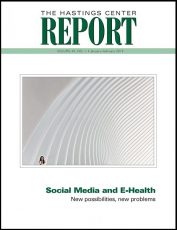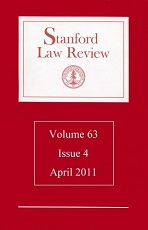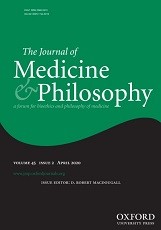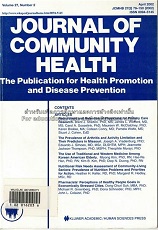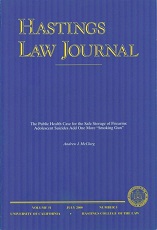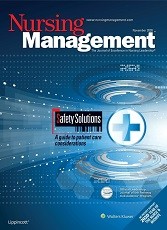CMAJ

Extract
. . . In medical and legal opinion, Terri Schiavo’s cognizance of her self and her life ended in 1990, when she suffered a cardiac arrhythmia and massive cerebral cortical encephalopathy that left her in a persistent vegetative state. Her facial expressions, along with a seemingly “normal” sleep–wake cycle, constituted but one dimension of the cruelty of this condition. . .
. . .More than one commentator has viewed the “right- to-life” fight to prolong Schiavo’s pitiable existence as an anti-abortion campaign “by other means.” . . .
. . . there seems little doubt that, in North America, ideology and religion have begun to seriously distort the type of consensus-building that is the proper business of democratic politics . . .
Where do physicians find themselves in such debates? Medicine is a secular and scientific profession that, for all that, must still contend with the sacred matters of birth, life and death. In practice, physicians must set aside their own beliefs in deference to the moral autonomy of each patient — or else transfer that patient’s care to someone who can meet this secular ethic. . .
. . .The emotionalism and rancour that swirled around the Schiavo case underscores a wider societal duty borne by the medical and scientific community. This is to remain alert to political and legislative tendencies that impose imprecise moral generalizations on the majority, at the expense of reason, scientific understanding and, not infrequently, compassion.
CMAJ. (Editorial) The sacred and the secular: the life and death of Terri Schiavo. Can. Med. Assoc. J.. 2005 Apr 26;172(9):1151.
